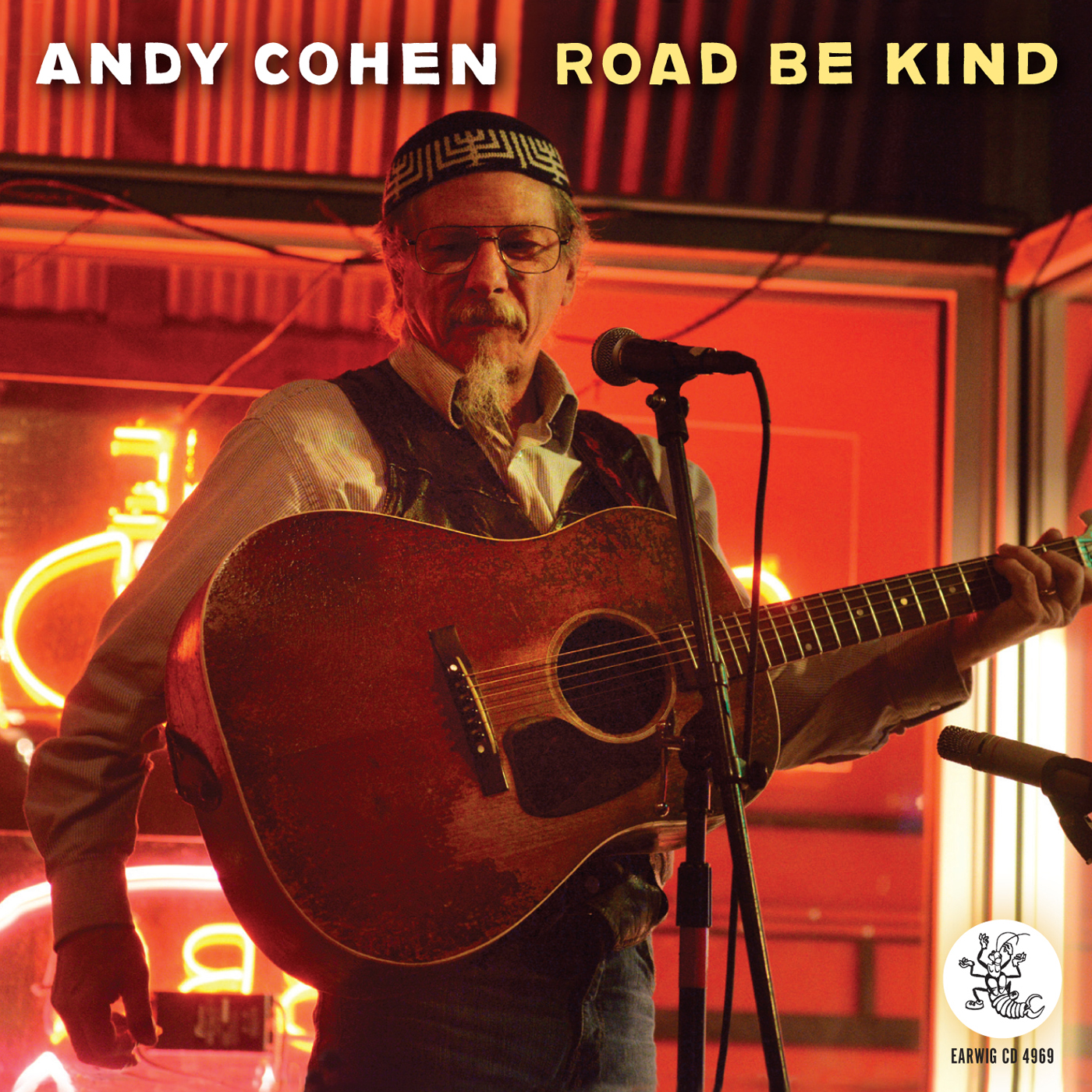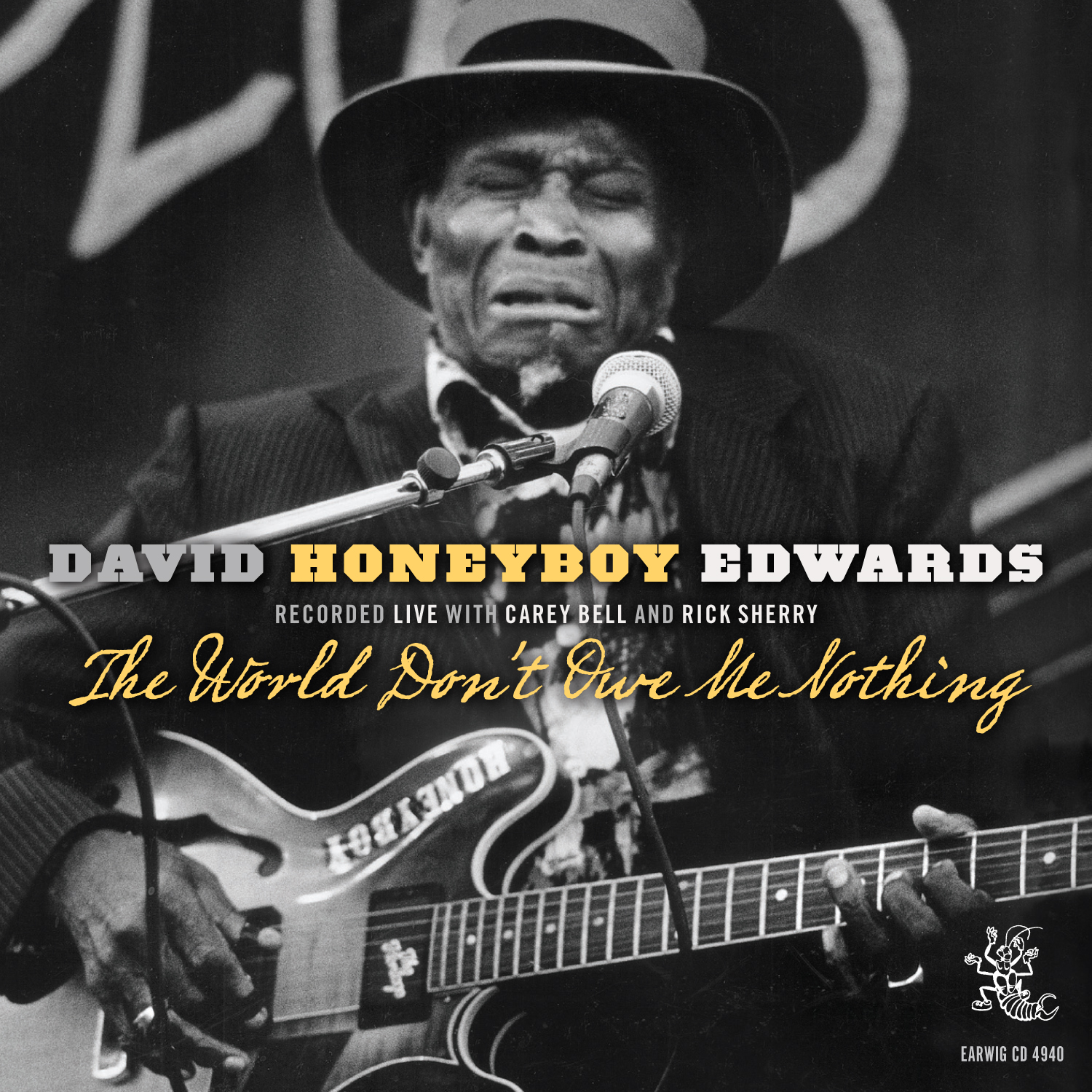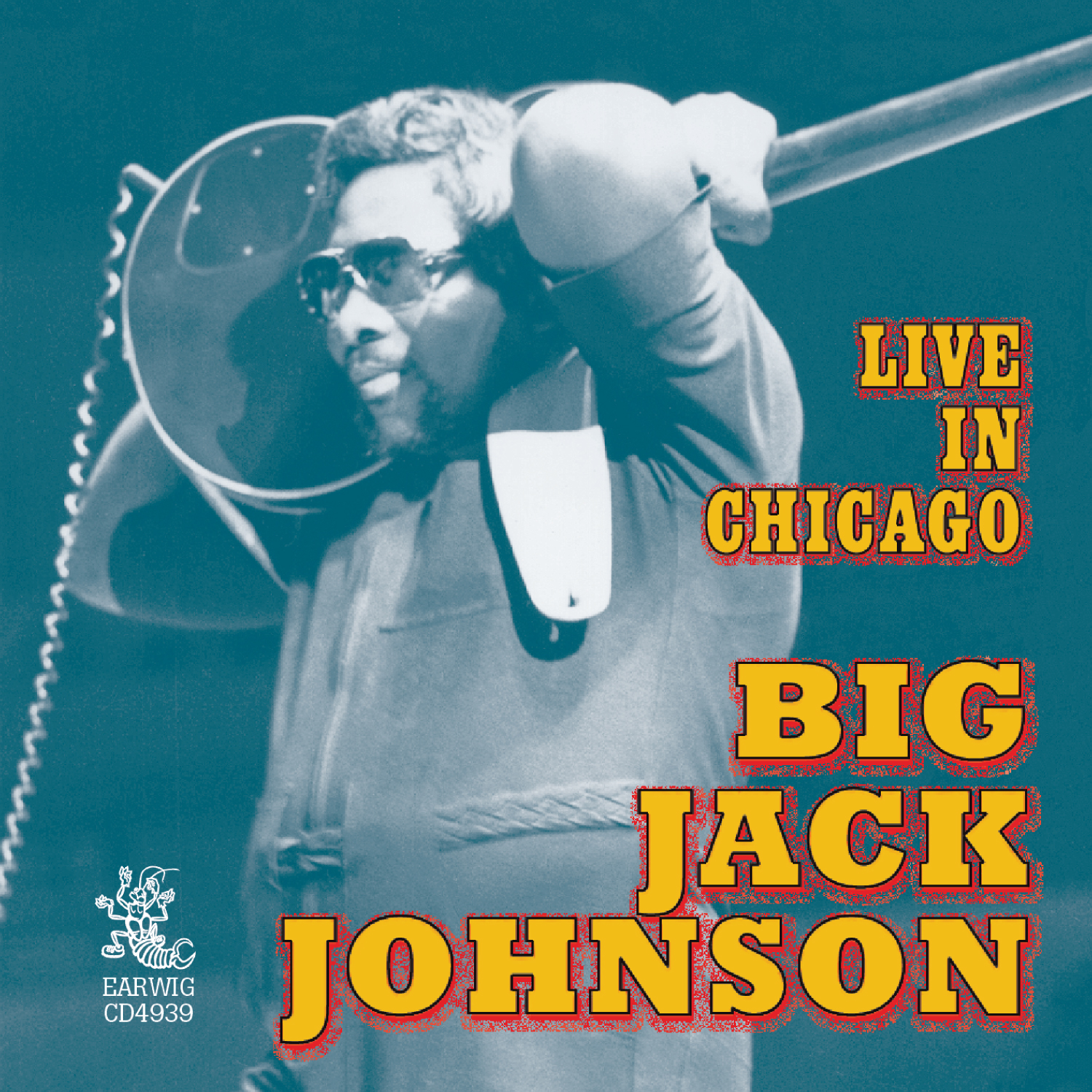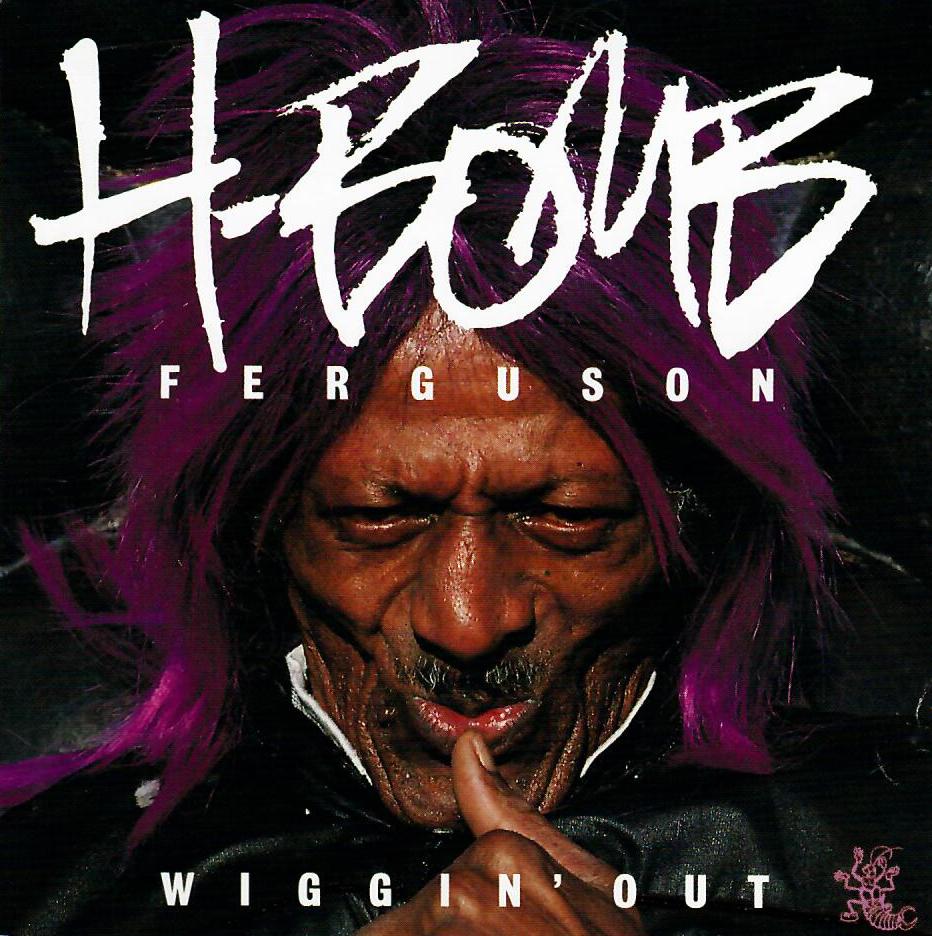2017 Blues Foundation’ Blues Hall of Fame Inductee
As a young kid just starting out buying blues records in the late 1960s, I first became aware of Willie Johnson when I bought albums by Howlin’ Wolf. Reading Blues Unlimited, Living Blues and other seminal blues magazines, I also learned of the impact Willie’s playing had on British and American blues and blues rock guitar players, many of whom became huge stars. Later on in my collecting career I acquired a Sun Records box set and heard the only recordings of Willie playing apart from Howlin’ Wolf.
Blues Greats In and Around Chicago
Imagine the thrill I felt in the mid 1970s on the west side of Chicago at the Alibi Inn, when drummer/bandleader Kansas City Red introduced me to a short, gray haired man named Willie Johnson, who was just hanging out in the tavern. I ran into Willie a few times after that, but he was not playing. Meeting Willie was not surprising, because back then in Chicago there were still a lot of blues greats gigging and hanging out in small bars.
The Influence of Living Blues Magazine
If you dig out the early issues of Living Blues Magazine you fill find lots of articles about people such as Jimmy Reed, Howlin’ Wolf, Muddy Waters, Honeyboy Edwards, Dave and Louis Myers and lots of lesser known musicians and business figures like label owners. Shout out to Living Blues founders Jim O’Neal, Amy Von Singel, Bruce Iglauer and Dick Shurman whose articles had a huge impact on getting broader recognition for folks like Willie Johnson, and got folks like me excited to get involved in working with blues musicians.
Meeting Willie “Guitar” Johnson
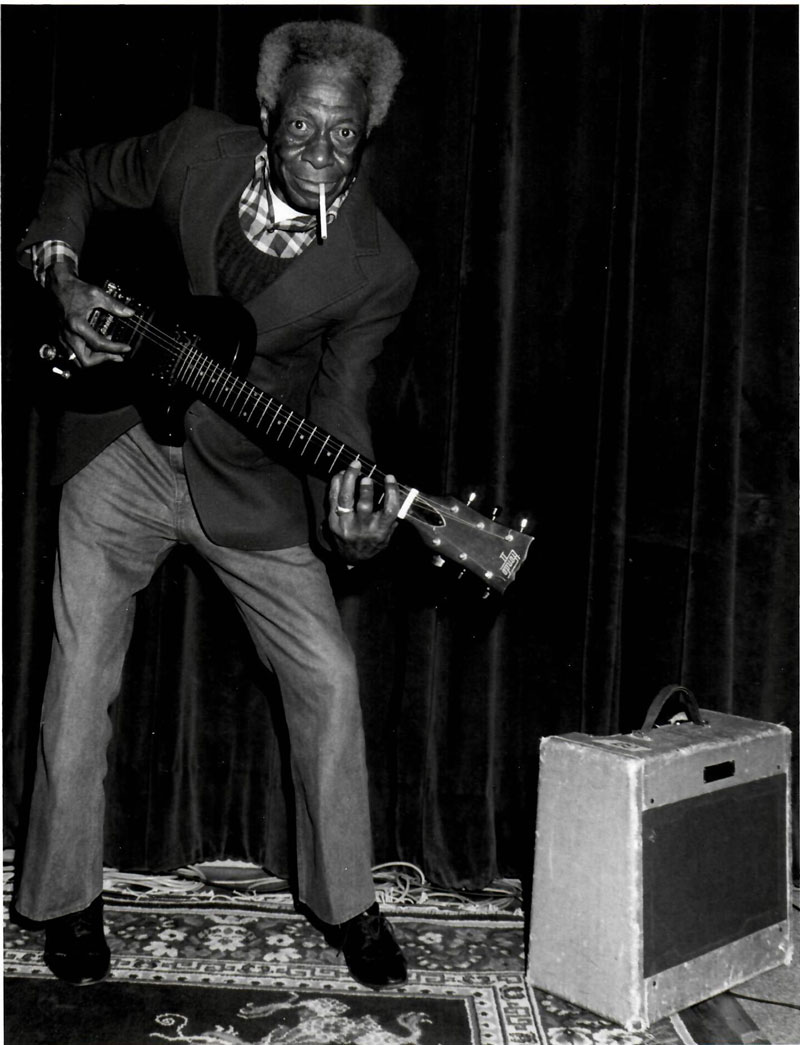 Fast forward to close to a decade later, circa 1987, I was managing the career of Honeyboy Edwards, and was in the process of expanding the recording activity of my Earwig Music label. One day I was visiting Chicago blues piano patriarch Sunnyland Slim, when he told me that Willie Johnson wanted to record again and to do some gigs. By this time, I had heard stories from Honeyboy, Sunnyland and Kansas City Red about Willie Johnson’s issues with heavy drinking, his argumentative nature and that they fired him from their bands on more than one occasion.
Fast forward to close to a decade later, circa 1987, I was managing the career of Honeyboy Edwards, and was in the process of expanding the recording activity of my Earwig Music label. One day I was visiting Chicago blues piano patriarch Sunnyland Slim, when he told me that Willie Johnson wanted to record again and to do some gigs. By this time, I had heard stories from Honeyboy, Sunnyland and Kansas City Red about Willie Johnson’s issues with heavy drinking, his argumentative nature and that they fired him from their bands on more than one occasion.I had also had some experiences on gigs and recording sessions with Honeyboy and Red, where I experienced their menacing anger, and verbal combativeness fueled by alcohol, so I felt I would be able to deal with Willie’s mood swings. The fact that Sunnyland Slim felt that I was the right guy to work with Willie made me eager to take on the challenge. And I did. I got that exciting rush from hearing that Willie actually was still around and wanted to get back into playing music.
Working with Willie “Guitar” Johnson
Shortly after that encouraging conversation with Sunnyland, I located Willie on a South side street corner lot where he hung out with his drinking buddies and started meeting with him about making a recording. Willie had some tunes on which he sung, not just played lead guitar, so that made it all the more exciting to work with him, knowing that getting him singing on record would be a historical event. To accompany Willie Johnson, I picked musicians who knew him well for a lot of years, had played with him, who had tremendous respect for him as a musician, and who could deal with his mercurial personality. I had Sunnyland Slim on piano, Willie Kent on bass, Lester Davenport on harmonica, Kansas City Red on drums and Willie on lead guitar and vocals. I ended up recording 10 tunes, half for Wolf Records and half for my label Earwig Music Company.
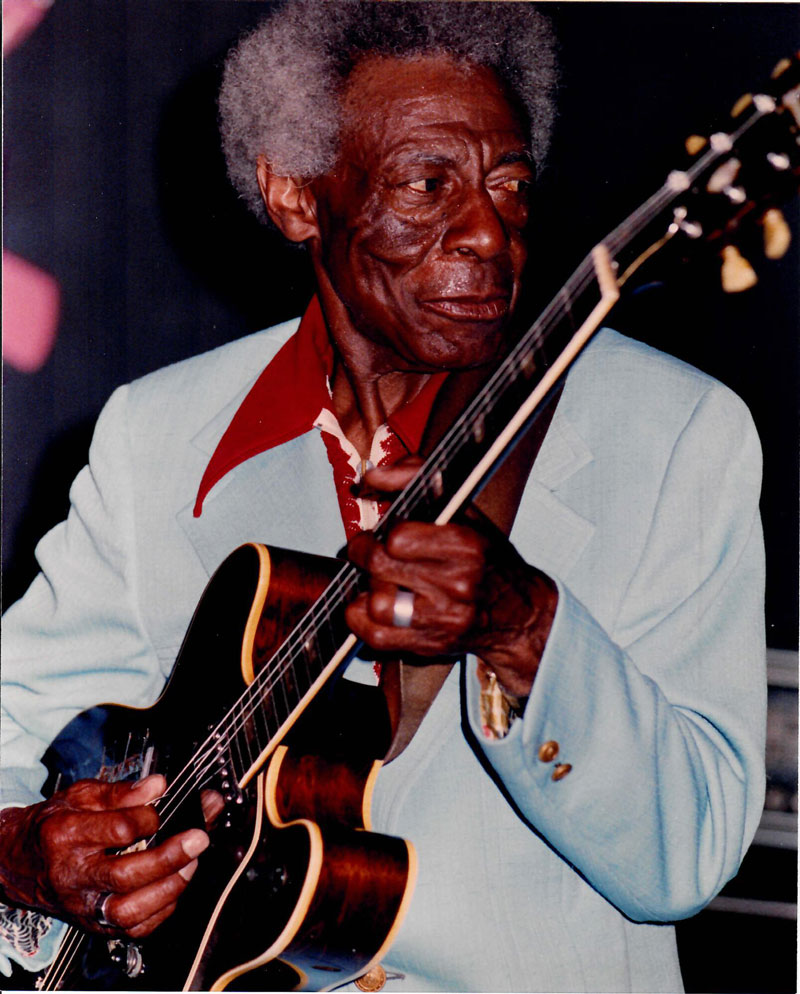 During that session, Willie showed his great mastery of chords and tone, and his warm vocals. He did not have the instrumental fire and drive of his early days with Howlin’ Wolf, but he still had his fiery personality. That recording session taught me another valuable lesson of the music business: that the appropriate timing to have a drink with musicians is AFTER the session is over, not on a break! Willie Johnson and Kansas City Red arguing with each other taught me that one. Several years later, I did another session of Willie Johnson and Homesick James, without other musicians, and I again experienced a clash of the titans though not quite as fiery as before. Those of you who knew Homesick James can imagine what that was like.
During that session, Willie showed his great mastery of chords and tone, and his warm vocals. He did not have the instrumental fire and drive of his early days with Howlin’ Wolf, but he still had his fiery personality. That recording session taught me another valuable lesson of the music business: that the appropriate timing to have a drink with musicians is AFTER the session is over, not on a break! Willie Johnson and Kansas City Red arguing with each other taught me that one. Several years later, I did another session of Willie Johnson and Homesick James, without other musicians, and I again experienced a clash of the titans though not quite as fiery as before. Those of you who knew Homesick James can imagine what that was like.My final work with Willie Johnson involved booking him with the guys from the band recording session, at Rosa’s Lounge for 2 nights. The first night went OK, the second not so well, as once again Willie got in an argument, this time with Tony – the owner of Rosa’s Lounge. Alas, before I got a chance to do one more band session with Willie Johnson, which Chicago guitarist Jon McDonald was set to rehearse with him, Willie died one cold winter morning in Chicago in 1995.
Willie “Guitar” Johnson & Other Giants of Blues Guitar
None of that matters now. What matters most is that Willie “Guitar” Johnson deserves every accolade he gets, as a fabulous lead guitar player, a master of jazz and blues chords, a giant of tone, a huge influence on many guitar stars and other guitarists in the trenches playing gigs night in and night out. Willie’s star will burn bright forever in the pantheon of Giants of Blues Guitar.





